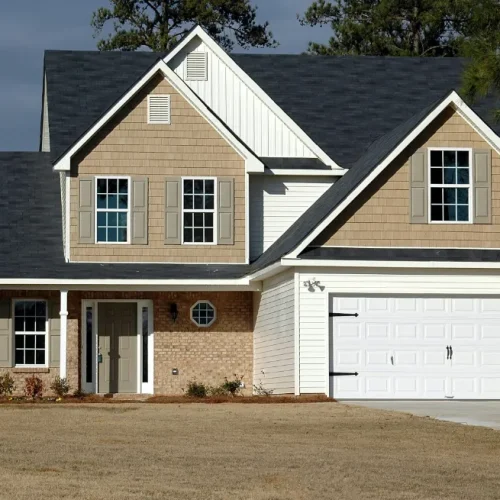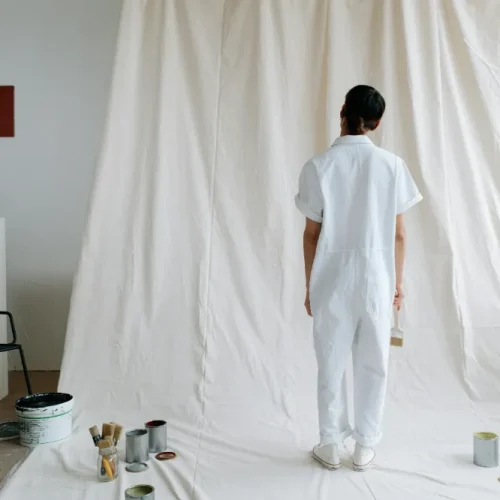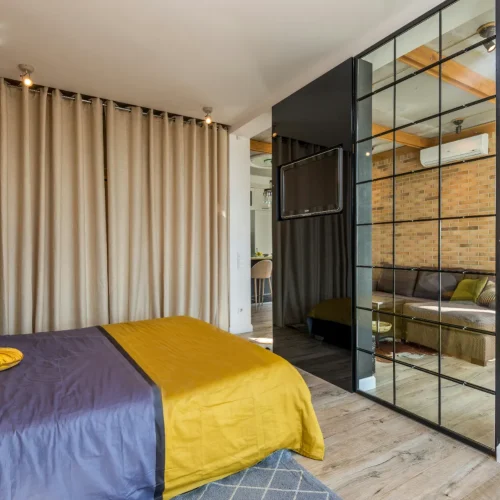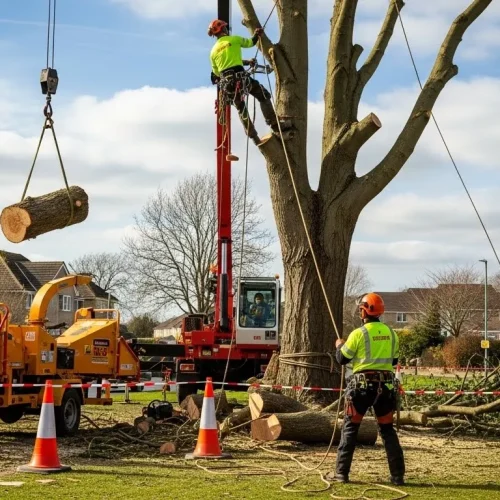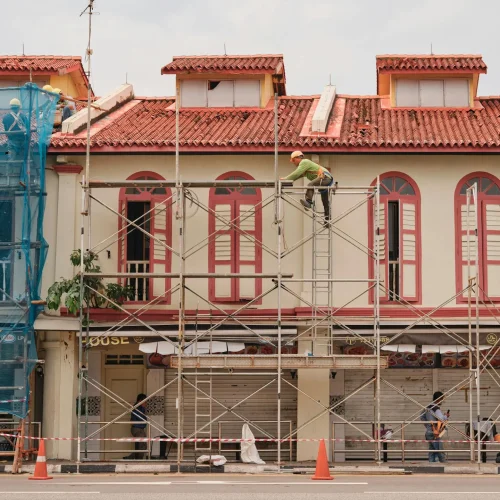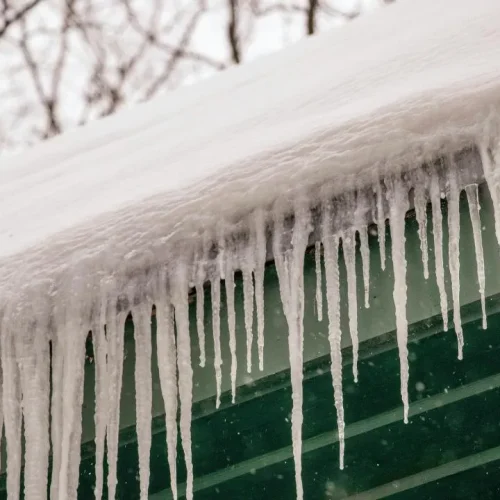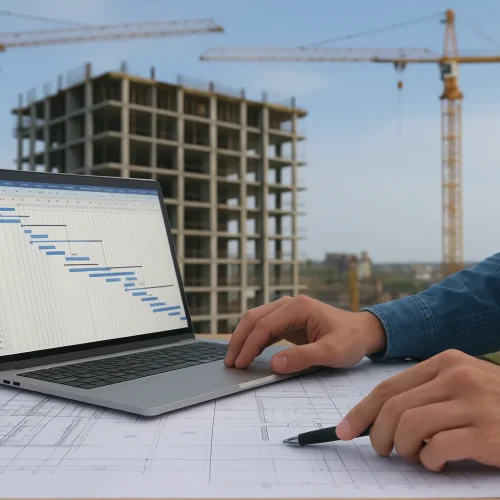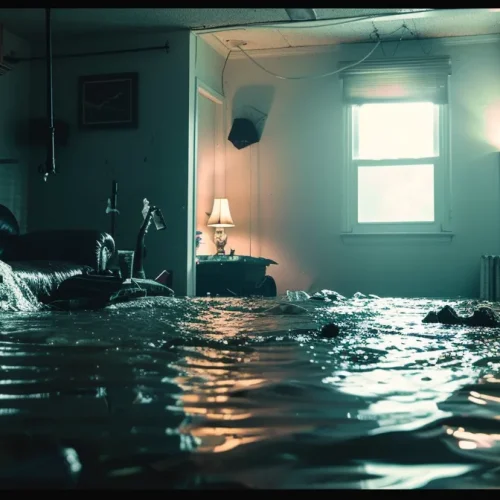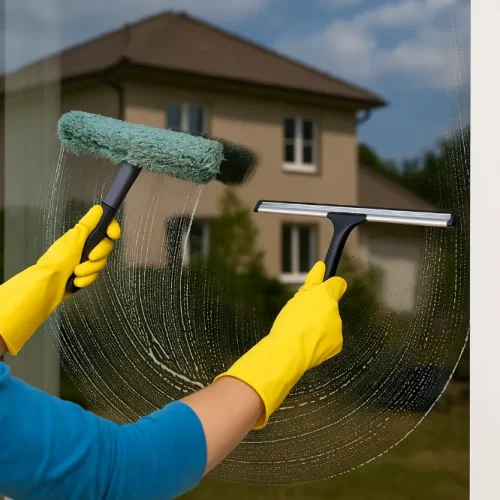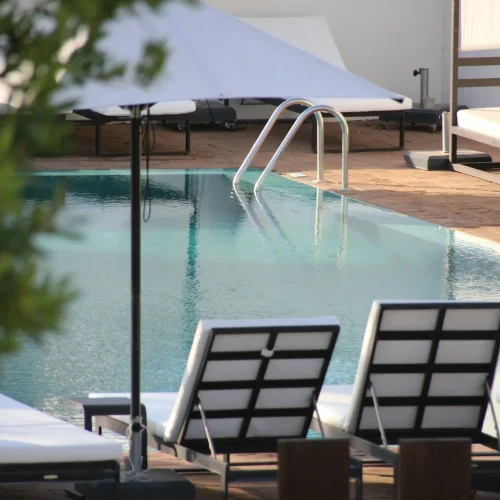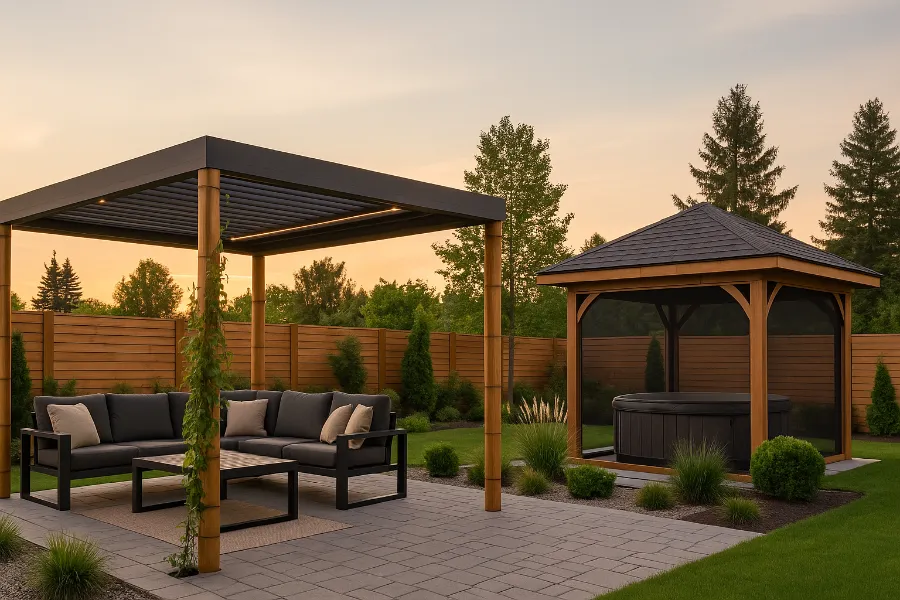
As we step into 2025, homeowners are reimagining their backyards as extensions of their indoor spaces, blending comfort, functionality, and style in ways that make outdoor living more appealing than ever. With unpredictable weather patterns and a growing desire for relaxation right at home, structures like gazebos and pergolas are evolving from simple shade providers to sophisticated retreats. One standout innovation is the integration of protective elements, such as a hot tub cover, which not only shields your spa from the elements but also enhances the overall aesthetic of your outdoor setup, creating a seamless blend of utility and elegance.
This shift reflects a broader trend toward creating versatile outdoor environments that cater to modern lifestyles. Whether you’re hosting gatherings, seeking solitude, or simply enjoying nature, gazebos and pergolas are at the forefront of this transformation. In this article, we’ll explore the key trends shaping these structures in 2025, drawing from emerging designs, materials, and technologies that promise to elevate your backyard experience.
The Rise of Smart Integration in Outdoor Structures
Gone are the days when a gazebo or pergola was just a wooden frame offering basic shelter. In 2025, smart technology is weaving its way into these outdoor features, turning them into interactive hubs that respond to your needs. Imagine adjusting the lighting, temperature, or even the roof panels with a simple voice command or app on your phone. This isn’t science fiction—it’s becoming the norm.
Designers are incorporating sensors that detect weather changes, automatically closing louvers on a pergola during a sudden rain shower or dimming LED lights as the sun sets. For gazebos, built-in speakers and charging ports allow you to stream music or power devices without trailing cords across the yard. These enhancements make outdoor spaces more user-friendly, especially for those who work remotely or entertain frequently.
Why is this trend gaining traction? For one, it aligns with our increasingly connected lives. People want convenience without sacrificing the natural feel of being outdoors. Plus, energy-efficient smart systems can reduce utility costs by optimizing usage—think solar-powered pergolas that harness daylight to charge batteries for evening illumination.
- Key Benefits of Smart Features:
- Enhanced comfort through automated climate control.
- Improved security with integrated cameras and motion sensors.
- Customization options, like programmable lighting scenes for different moods.
- Seamless integration with home automation systems, such as Google Home or Alexa.
Of course, not everyone jumps on the tech bandwagon right away. Some prefer a more minimalist approach, but even then, subtle smart elements like retractable shades triggered by wind sensors can add practicality without overwhelming the design. As we see more affordable options hitting the market, expect this trend to become accessible to a wider audience.
Embracing Sustainable Materials and Eco-Friendly Designs
Sustainability isn’t just a buzzword; it’s a driving force in 2025’s outdoor living trends. Homeowners are prioritizing materials that minimize environmental impact while standing up to the elements. Recycled composites, bamboo, and responsibly sourced wood are replacing traditional lumber in gazebos and pergolas, offering durability without depleting natural resources.
Take bamboo, for instance—it’s fast-growing, renewable, and incredibly strong, making it ideal for pergola beams that need to support climbing vines or solar panels. Composite materials, often made from recycled plastics and wood fibers, resist rot, fading, and insects, meaning less maintenance and a longer lifespan. These choices not only appeal to eco-conscious individuals but also comply with stricter building regulations in many areas.
Designs are evolving too, with a focus on modularity. Modular gazebos allow for easy assembly and disassembly, reducing waste if you decide to relocate or upgrade. Permeable flooring under pergolas helps with water runoff, preventing erosion and promoting groundwater recharge.
What makes these sustainable options so attractive? They combine ethics with aesthetics. A pergola crafted from reclaimed wood can have a rustic charm that’s hard to replicate with synthetic alternatives, while still being kind to the planet. And let’s not forget the cost savings—lower maintenance means fewer repairs over time.
- Tips for Choosing Eco-Friendly Materials:
- Look for certifications like FSC (Forest Stewardship Council) for wood products.
- Opt for low-VOC paints and finishes to avoid harmful emissions.
- Consider upcycled elements, such as metal accents from salvaged sources.
- Integrate native plants around the structure to boost biodiversity.
This trend underscores a deeper cultural shift toward mindful consumption. As climate concerns grow, investing in sustainable outdoor structures feels like a small but meaningful step toward a greener future.
Multi-Functional Spaces: Beyond Shade and Shelter
In 2025, gazebos and pergolas are no longer single-purpose; they’re versatile canvases for multiple activities. Homeowners are designing these spaces to serve as outdoor offices, dining areas, gyms, or even mini theaters, adapting to the demands of hybrid work and family life.
Picture a pergola with adjustable walls that transform it into a private workspace during the day and an open-air lounge by night. Gazebos are being outfitted with built-in benches, tables, and storage, making them perfect for al fresco meals or yoga sessions. This multi-functionality maximizes yard space, especially in urban settings where every square foot counts. The appeal lies in adaptability. With modular furniture and accessories, you can reconfigure the area for different occasions—add string lights and cushions for a party, or install a projector screen for movie nights. It’s about creating a space that evolves with your lifestyle.
Challenges do exist, like ensuring the structure can handle added weight from equipment or withstand frequent use. But innovations in lightweight, weather-resistant materials are addressing these issues head-on.
- Ideas for Multi-Functional Designs:
- Incorporate foldable elements, such as retractable tables or hammock hooks.
- Use zoning techniques, like dividing the space with planters or screens.
- Add power outlets and Wi-Fi extenders for tech-heavy activities.
- Blend with landscaping, using the structure as a frame for gardens or water features.
This versatility encourages more time spent outdoors, fostering well-being and connection with nature.
Blending Aesthetics: Colors, Patterns, and Styles
Aesthetics play a pivotal role in 2025 trends, with bold experimentation taking center stage. While neutral tones have dominated in the past, vibrant colors and intricate patterns are making a comeback, infusing personality into gazebos and pergolas.
Think deep blues and greens that mimic natural surroundings, or pops of terracotta for a Mediterranean vibe. Patterns aren’t limited to fabrics laser-cut metal panels on pergolas create shadow plays that add visual interest. Mixing materials, like wood with glass or stone accents, creates layered looks that feel custom and inviting. Styles are diverse too. Minimalist designs with clean lines appeal to modernists, while ornate Victorian-inspired gazebos suit those craving romance. The key is harmony with your home’s architecture a sleek aluminum pergola might complement a contemporary house, whereas a wooden gazebo fits a cottage aesthetic.
Why the shift toward bolder choices? Social media influences play a part, showcasing eye-catching outdoor setups that inspire creativity. Plus, with better weatherproofing, colors stay vivid longer.
- Styling Tips for 2025:
- Experiment with color blocking, using contrasting shades on beams and floors.
- Incorporate textures, like woven shades or textured paints.
- Draw inspiration from global trends, such as Japanese minimalism or Scandinavian hygge.
- Balance boldness with functionality—ensure patterns don’t overwhelm small spaces.
These aesthetic trends make outdoor living not just practical, but a true expression of personal style.
Year-Round Usability: Defying the Seasons
One of the most exciting developments in 2025 is the push for year-round outdoor enjoyment. Gazebos and pergolas are being engineered to handle all seasons, with features like heated floors, insulated roofs, and wind-resistant enclosures.
Screened-in pergolas are particularly popular, keeping bugs at bay in summer and providing shelter from snow in winter. Some models even include fire pits or infrared heaters, turning the space into a cozy retreat during colder months. This extends usability, making your investment worthwhile beyond just fair-weather days.
Integration with smart home systems allows for proactive adjustments closing panels before a storm or activating de-icing elements. It’s about resilience in the face of climate variability.
- Strategies for All-Season Design:
- Choose materials that resist corrosion and UV damage.
- Add removable panels or awnings for flexibility.
- Incorporate lighting that adjusts to shorter days.
- Plan for storage of seasonal items within the structure.
This trend promotes a healthier lifestyle, encouraging outdoor time regardless of the weather.
Seamless Integration with Indoor Spaces
2025 sees a stronger emphasis on blurring the lines between indoors and out. Pergolas attached to homes create fluid transitions, with sliding doors opening onto covered patios. Gazebos positioned near entrances serve as welcoming extensions, complete with matching flooring and decor.
This integration enhances flow, making it easier to move between spaces. It’s ideal for entertaining, where guests can spill out from the kitchen to the pergola without feeling disconnected. Design considerations include matching color schemes and using bi-fold doors for wide openings. The result? A larger, more cohesive living area.
The Future of Outdoor Living
Looking ahead, these trends point to a future where outdoor spaces are as essential as indoor ones. From smart tech to sustainable builds, gazebos and pergolas are evolving to meet diverse needs. As we adapt to changing environments, innovations like the pool cage offer additional protection and style, ensuring your outdoor oasis remains a haven year-round.
In summary, 2025 is about creating personalized, resilient, and beautiful outdoor retreats. Whether you’re updating an existing setup or starting fresh, these trends provide plenty of inspiration to make your backyard a true extension of home.
FAQs
Smart integration, sustainable materials, multifunctional designs, and year-round usability define 2025 outdoor spaces.
They’re transforming into tech-enabled, eco-friendly retreats that combine comfort, style, and functionality.
Voice-controlled lighting, climate sensors, retractable roofs, and built-in entertainment systems are trending.
They reduce environmental impact, last longer, and often require less maintenance than traditional wood.
Recycled composites, bamboo, reclaimed wood, and low-VOC finishes are top sustainable choices.
Add heaters, insulated roofs, retractable panels, and smart lighting to adapt to all weather conditions.
Bold color contrasts, global-inspired textures, and mixed materials like wood, metal, and glass dominate outdoor design.
Yes, many 2025 models connect with Alexa or Google Home for lighting, sound, and temperature control.
Turn your pergola into an outdoor office, yoga studio, dining area, or entertainment zone with modular furniture.
Use matching flooring, sliding glass doors, and cohesive decor to create smooth transitions between areas.


